Photography, in part and in my opinion, works because it is based upon illusions of reality created by the photographer’s vision. They choose what to show us and how to show it to us and present the four dimensions of the visual world as two dimensional. If we believe the definition of the word illusion, then what we create with photography is “a false idea or belief.” It’s a lie, but sometimes photos, “a misleading image presented to the vision,” tell the truth better than if you witnessed the scene yourself while standing right next to the person taking the photo.
(We interrupt this essay with a short shameless self promo. I’m teaching a mini-workshop at the Robert Ney Nature Center in Maple Lake, Minnesota. That’s nearly centered between St. Cloud and the Twin Cities. It’s on February 22nd. You can register here: https://mnwrightcountyweb.myvscloud.com/webtrac/web/iteminfo.html?Module=AR&FMID=3838305 Now back to your regular scheduled essay.)
If photography is an illusion what does that mean for us? It depends on the definition, because every dictionary defines it differently. That’s because words are slippery and change, so ouer tyme hir menynges and spellyngs slyde and chaunge. But the word “spellyng” has remained relatively the same since the 15th century. That is unless you ignore the other version of the word that dates from the 12th century that meant according to the world’s largest Middle English dictionary at the University of Michigan:
1.(a) The act of speaking; an utterance, instance of speech, discourse; a tale; ~ of charmes, casting or reciting of spells; (b) the faculty of speech; (c) the act of preaching; an instance of preaching, a preachment; bok o ~, the gospel; (d) a prophecy, prophetic utterance; a psalm.
These days, we would never say something like I’m going to go to the woods and do some spelling and then get up on my soap box in the town square and spell to the crowd and present to you a prophetic spell. But in a way, when we take a photo we are spelling. Our photos present a tale that we speak, that we preach to the world, and sometimes our photos can be prophetic.
Maybe they should be prophetic.
In landscape photography, we spell our illusions in a way to presents the landscape in an often idealistic way. Personally, I do so to try to fool you into falling in love with that landscape and to make you want to protect it. Maybe my illusion works and makes you want to do that. Maybe it doesn’t.
If it doesn’t, perhaps the correct approach would be to find that town square, get up on a soap box, and start spelling out to the world what happens when we don’t protect those things that we love, that we depend upon, that make our world a better place for us, our family, our friends, and our community.
The camera can document those things and present them in a way that even though the photo is only two dimensional, it becomes more real, more prophetic than the real location itself. By prophetic, I mean in the way that a rabbi I studied with in college meant it. He believed that prophecy still existed in the tradition of biblical prophets. In his view prophets spelled out the problems, and they spelled out what would happen if we didn’t fix those problems. His example for the class was Ralph Nader and his advocacy for car safety. Our cars are safer are now and safer than they were before the 1960s. There are fewer injuries and deaths because Nader was a prophet, in my professor’s view, and people acted upon his prophecies. For photographers, perhaps we could include Dorothea Lange, Margaret Bourke-White, and others.
Imagine being a prophet with your camera documenting to potential future of more destruction of the environment. What would you document that would spell out the potential? Maybe you’d fly above both the Capitol building in St. Paul and the nearly three-mile long tailings pond near Silver Bay. If you had both of those photos, you could overlay properly scaled photos to show the size of the uphill tailings pond that will need to be maintained forever because if the dam broke the amount of toxic pollution that would run as a tidal wave down the Beaver River would be massive (Described in the EIS (Environmental Impact Statement) as “28 foot high wall of water moving down the Beaver River valley at more than 20 miles an hour to Lake Superior.”).
You can tell someone that if this pond was centered on the Capitol that it would cover the Mississippi River and then run north to nearly the Washington Technology Magnet School, but because it isn’t visual people won’t understand. Or you could show the people the scaled photos and then they’d understand the actual size of the tailing pond that they want to expand. Then you could photograph the bridge over the Beaver River to show what the height of a 28 foot high wall of water would look like under that bridge.
Imagine all the ways that photography could be used as prophecy.
Until next time
If you’re looking for a little creative exercise, over the next couple of weeks become a camera prophet.
Remember to sign up for my mini-workshop mentioned above, and my online Lightroom class is now open for registration. Registration is also open on my Northwoods Nature Through the Lens and Insect and Macro Photography classes at the North House Folk School.
Other than that, I’ll see you again in two weeks.

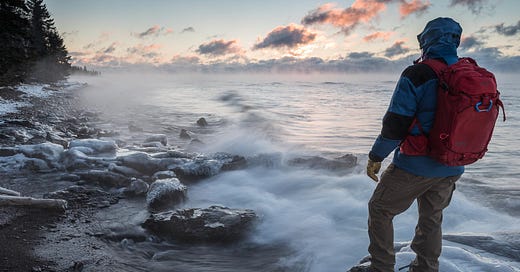

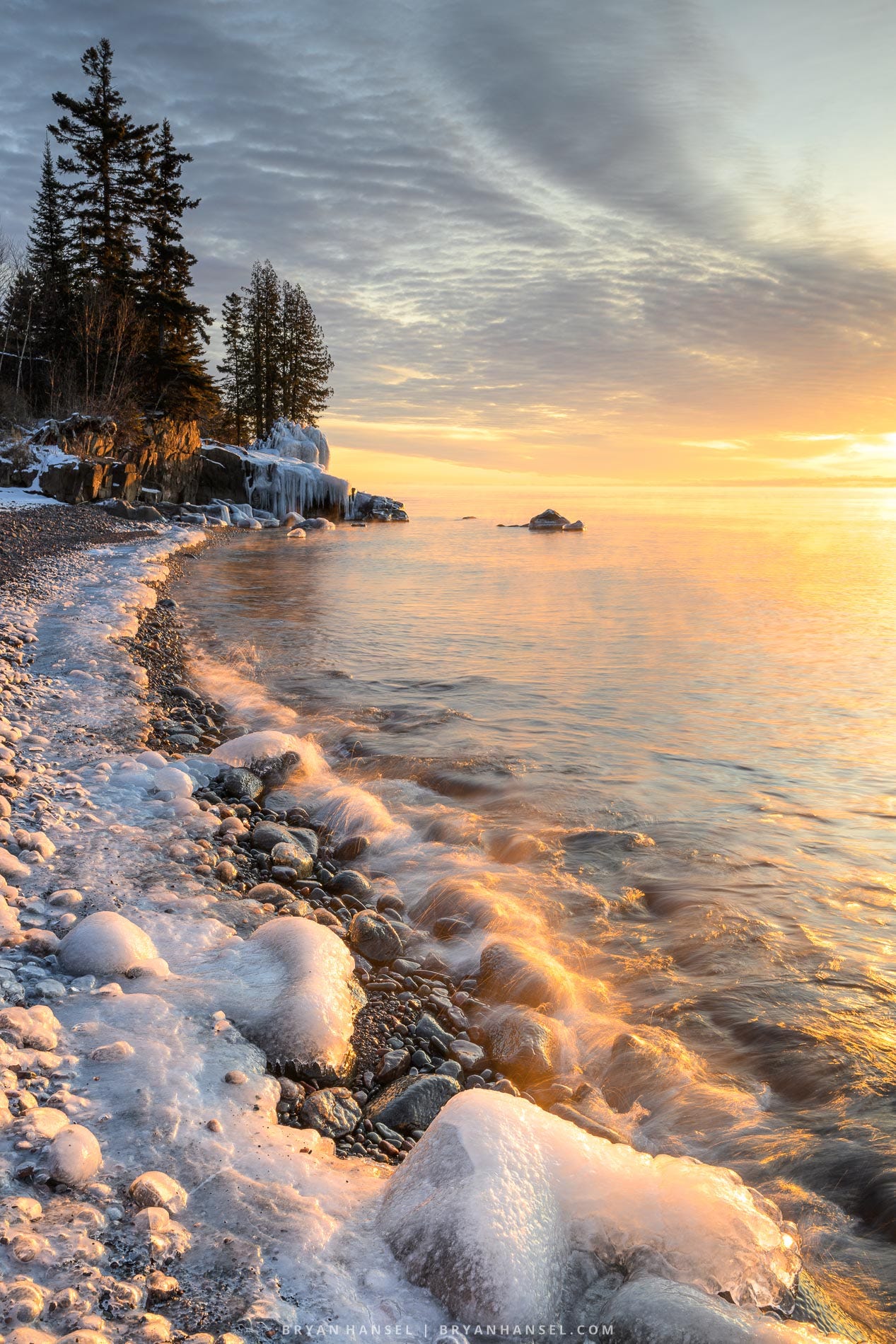
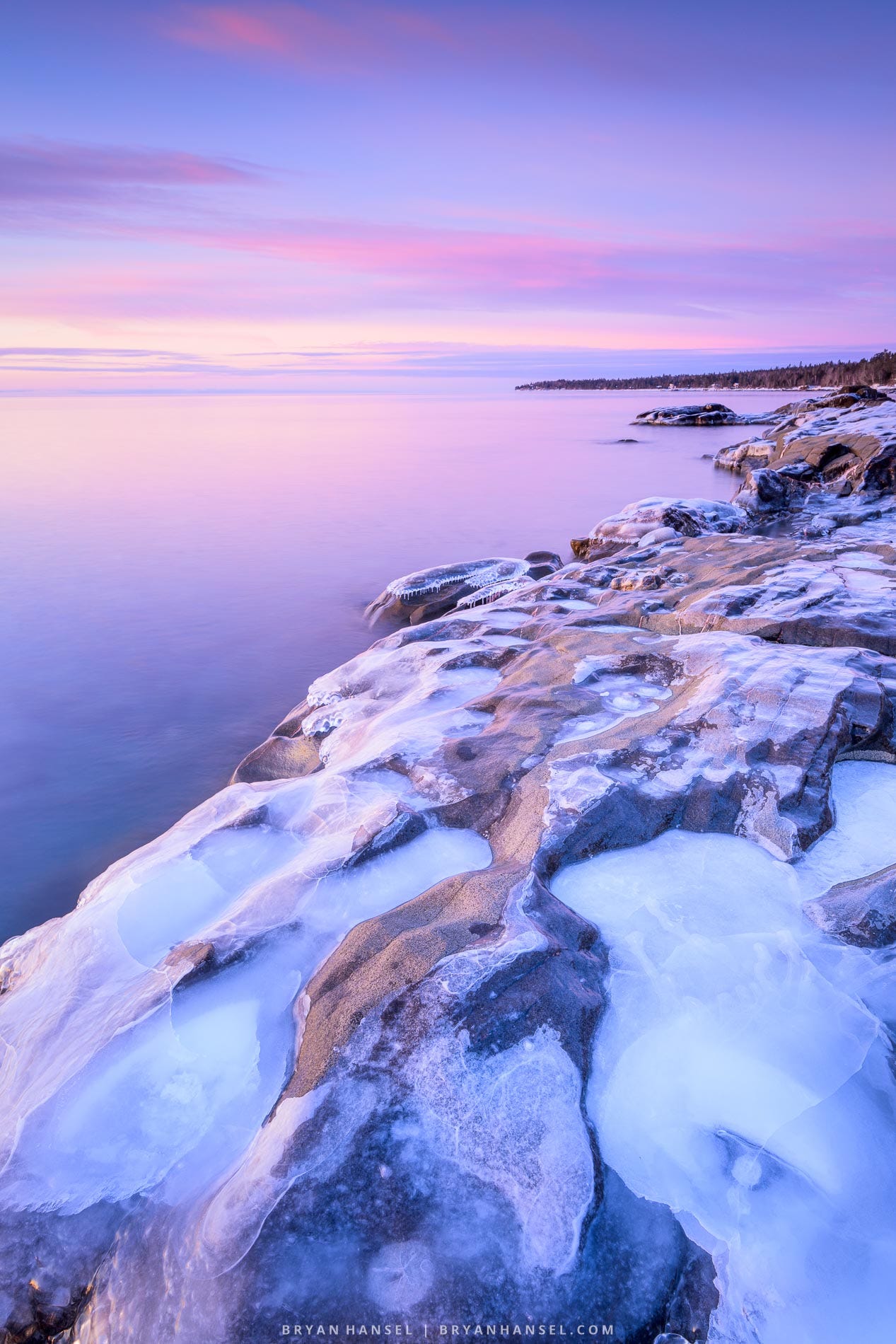
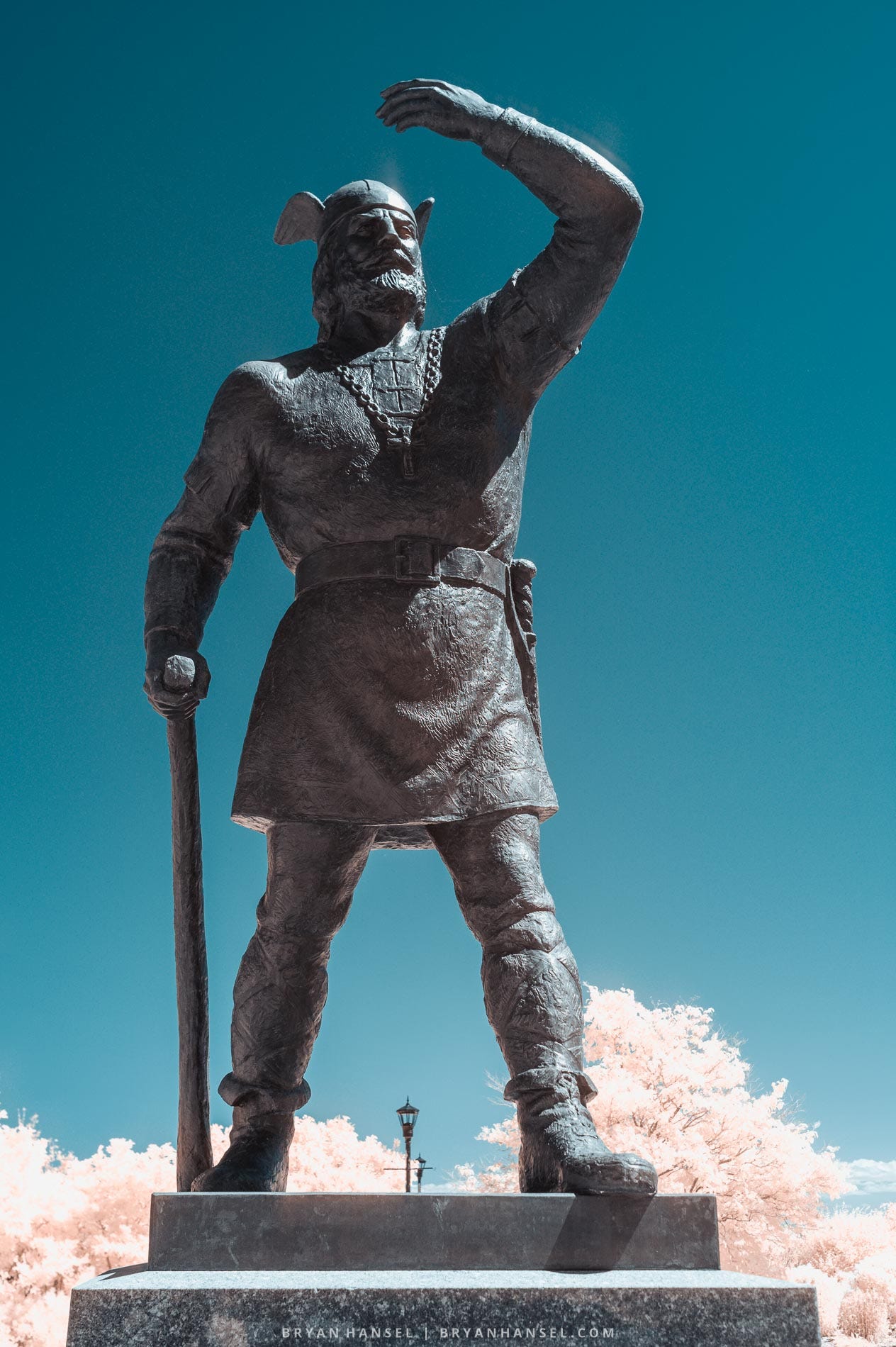
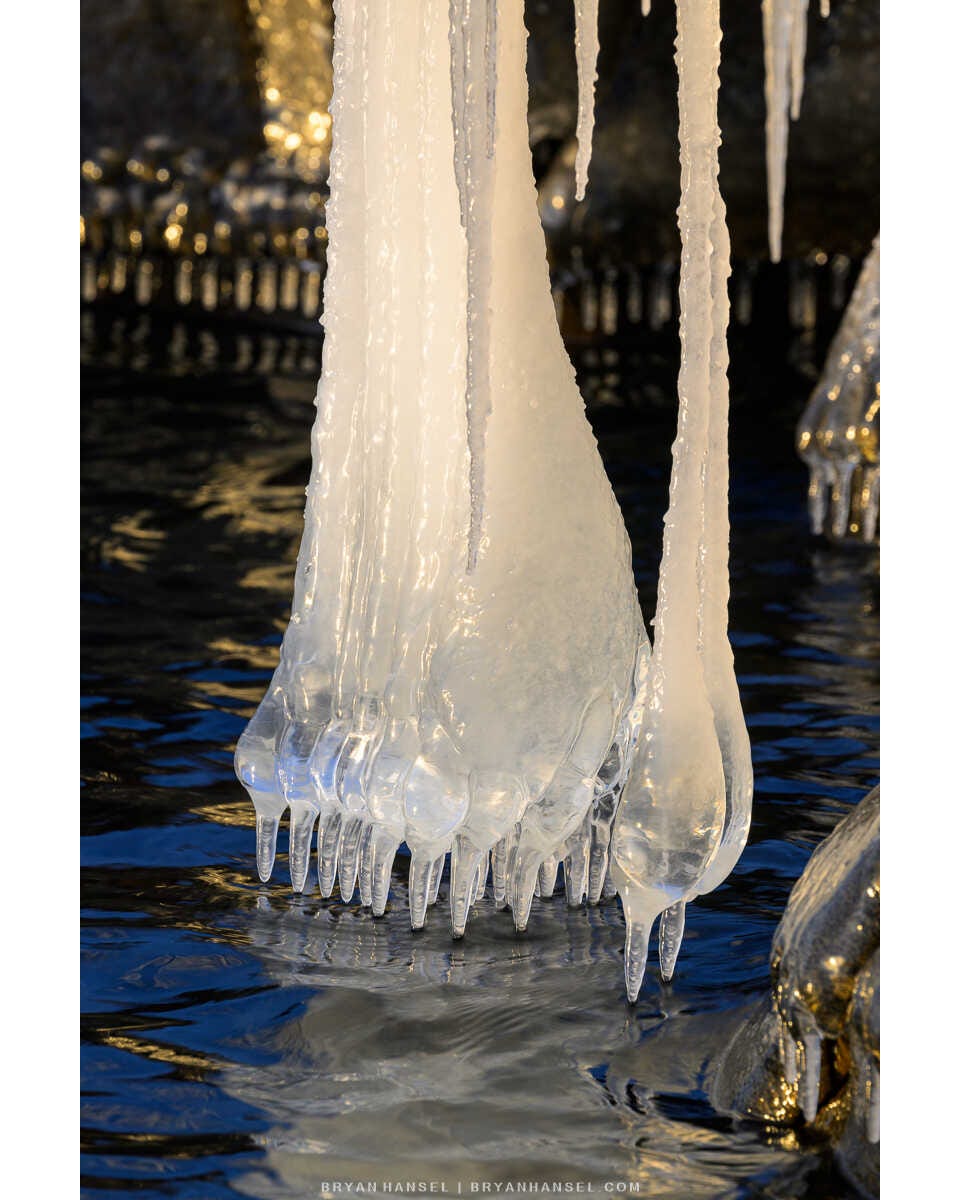
Excellent and thought-provoking essay. "A picture is worth a thousand words", as they say. I read somewhere that in less than 50 years, there will be no more glaciers in Glacier National Park. What a terrible thought! Images of the retreat of glaciers in the Alps and other locations really brought that statement home to me, impressing me with the gravity of the situation. I grew up in upstate NY, and lived there for 40 years, and the changes in the climate have been remarkable. Hopefully, we landscape photographers can continue to show the beauty of our world, and illustrate by way of images the dangers we face.
Illusion and Prophecy. What a fascinating insight! The majority of my current photography is now sports photography and this concept totally applies! I tell parents and players, no one knows the final score, or the players stats when they see a great game day image (Illusion). I shoot local youth and high school sports, so I documenting an athlete’s or a team’s journey (prophecy). I am fortunate enough to have images of young players who are now drafted MLB prospects. Thanks Bryan, you’ve given me clarity and inspiration on my work!